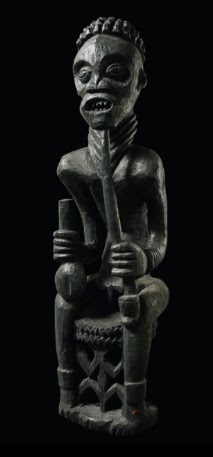The thirteenth annual Amsterdam Tribal Art Fair will be held from October 30–November 1 in the De Duif church, a mid-nineteenth century Catholic edifice that is now used to host a variety of events. Twenty galleries, both Dutch and from abroad, will be on hand to present a large selection of masks, figures, ornaments, textiles, and utilitarian objects from Africa, Oceania, Asia, and the Americas. The arts of Indonesia and New Guinea historically have been especially well represented in this show, making it a point of honor for dealers to bring increasingly better pieces. The show is always an interesting event both for experienced collectors as well as for those who are just beginning to explore this vast and fascinating field.


















